Everything You Need to Know About Blackout Shades
Answers to commonly asked questions about blackout shades.
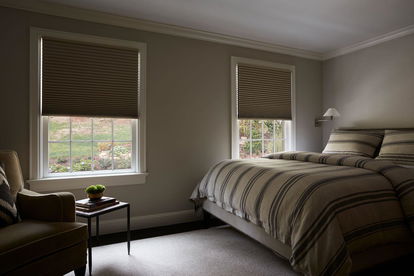
What Does "Blackout" Really Mean?
The term "blackout" is often thrown around casually, like Blackout blinds and Blackout shades, but its true implications are often misunderstood. When it comes to window treatments, the term holds significant weight, promising complete darkness and light blockage. But does every product labeled "blackout" truly deliver on this promise? In this blog post, we will explore the details of blackout curtains, shades, and blinds. We'll explore the factors influencing blackout performance, and provide tips on choosing the right product to achieve your desired level of darkness. By the end, you'll have a clear understanding of what "blackout" really means and how to select the perfect window treatment for your needs.
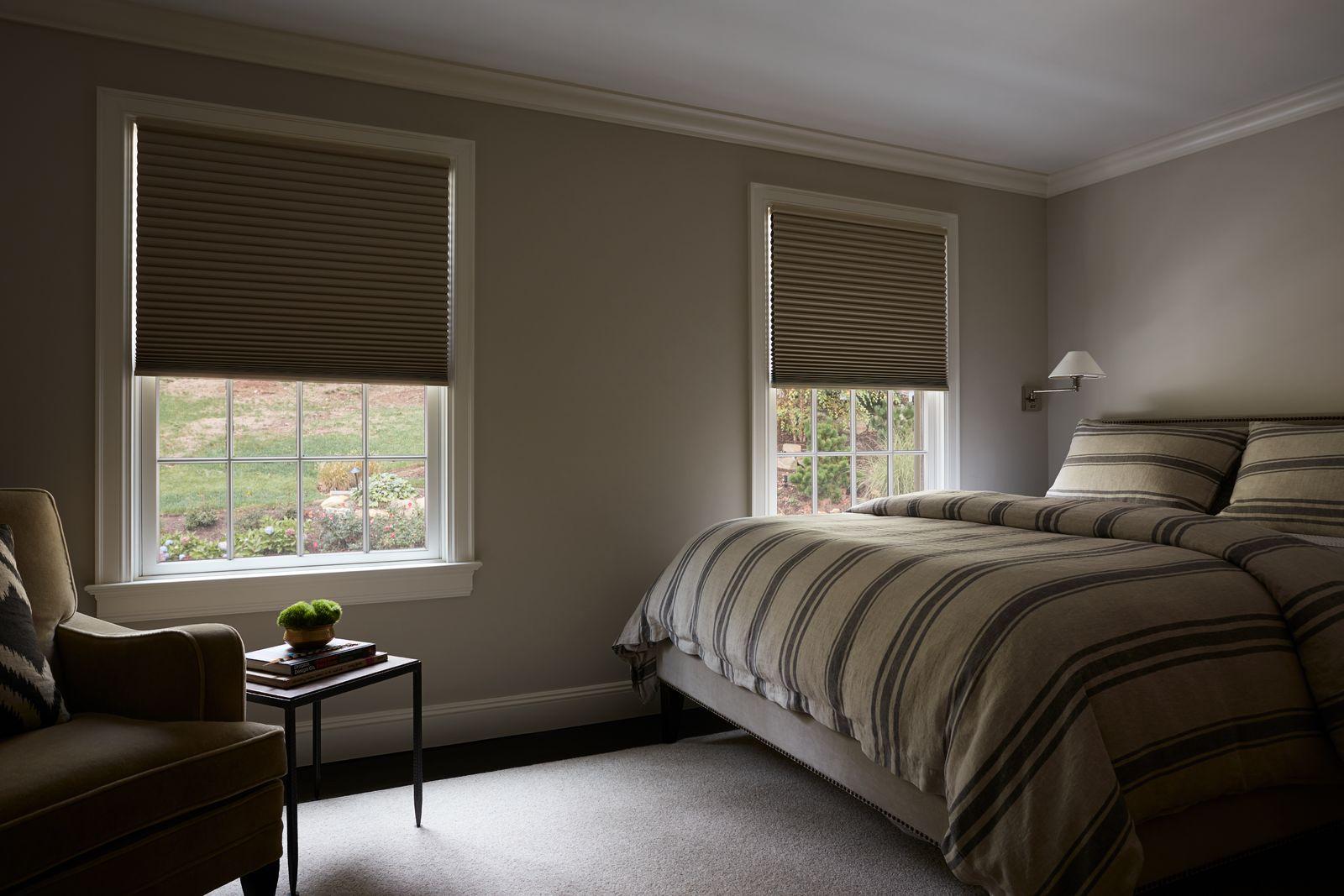
Let’s go through some of the most commonly asked questions about blackout shades.
Do Blackout Shades Completely Darken a Room?
The short answer is no. A blackout shade on its own is not going to completely darken your room and turn the day to night. To do this, you would need to block 100% of the light coming in and that just isn’t really possible without boarding up your windows.
Unfortunately, the term "blackout window treatments" has become widely used throughout the industry. And, while you can make a room considerably darker with these products, a better way to describe them them would be "room darkening blinds".
Why Blackout Shades Aren't Perfect?
The reason for this? Light gaps. The material itself does a good job of stopping light, but the gaps between the window frame and the fabric—which allow your shade to go up and down—offer a passage way for light.
To mitigate this issue, consider adding drapery to cover the light gaps. Also consider different types of shades—some, like blackout cellular shades, have much smaller light gaps than, say, a roller shades or a cascade shades, both of which require more space due to the headrail configuration.
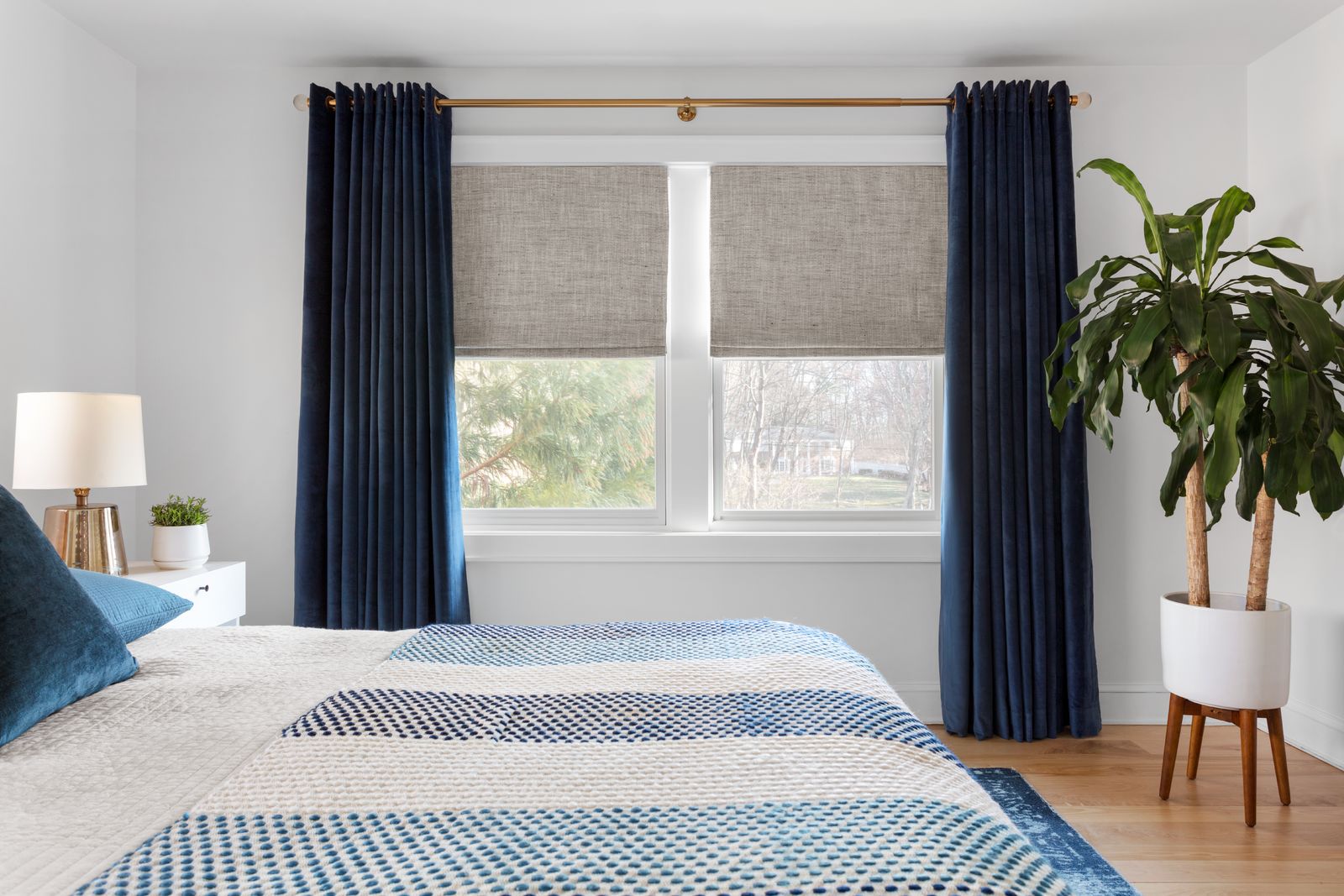
How Dark Can You Make a Room With Blackout Shades?
You can make your room pretty dark with the right shades or combination of shades. But just how dark is going to depend on the type of shade, and the application. Not all blackout materials are equal. For example, the blackout cellular shades are going to give you better light blocking than most blackout roller shades, simply because of the way the shades are constructed. The best way to shop for blackout shades is to visit a window treatments store in person. At Blinds To Go showrooms, you can simulate light blocking with our custom light boxes.
Best Blackout Shade Types
Blackout cellular shades: Cellular Shades or Cellular Blinds are by far the most popular option when shopping for blackout shades for windows. We coat the inside of each cell with a light-blocking foil material which not only prevents light from penetrating, but adds an extra layer of energy-efficient insulation for hot and cold weather.
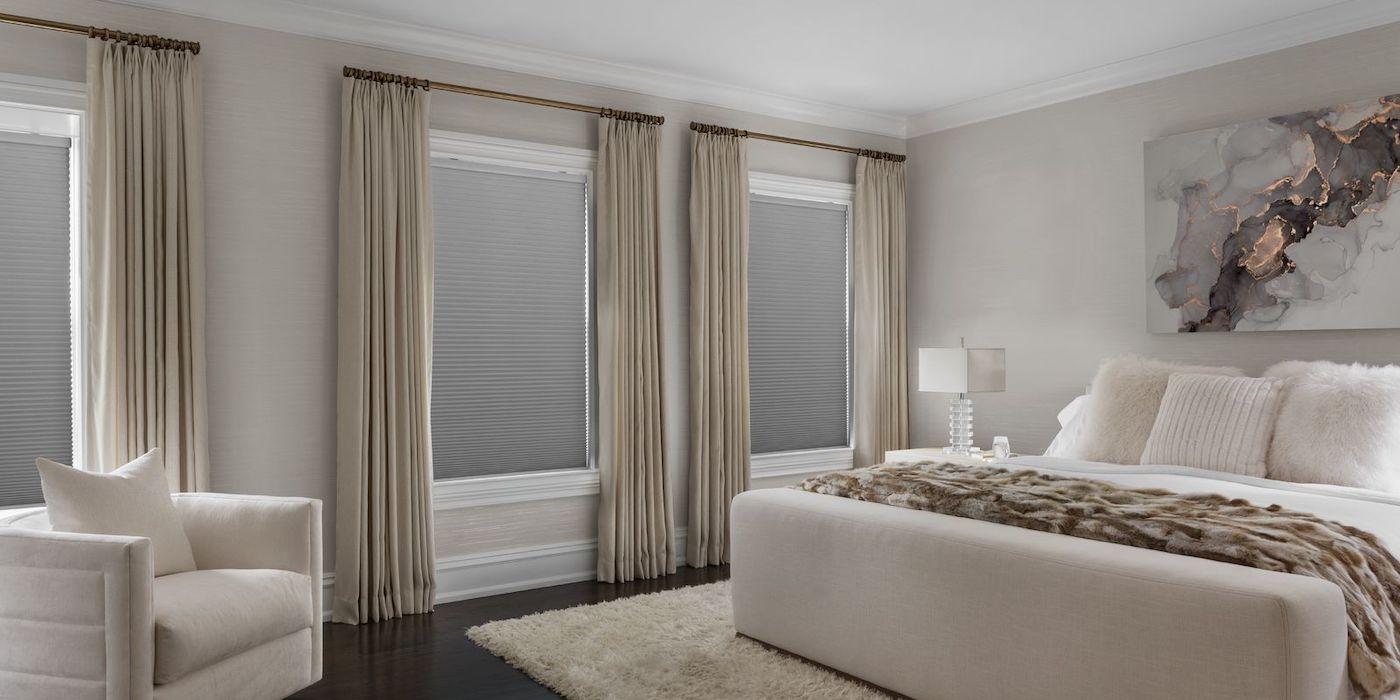
Blackout honeycomb shades: Honeycomb Shades also require very little space between the window frame and fabric (“light gaps”), making them considerably more effective at darkening your room than most other products.
Blackout roller shades: Roller shades are great blackout options because of the variety of materials available. Blackout fabrics are thicker and range from the traditional vinyl texture, to decorative fabrics with a layer of blackout material on the back. Some of these materials may work better than others with cordless lift systems, so keep that in mind.
One thing to consider when shopping for blackout roller shades are the wider light gaps required to ensure the fabric can move up and down. Customers are often surprised at how much light penetrates a roller shade application, and it’s because of these gaps. The best way to mitigate unwanted light coming through roller shade light gaps is by paring a set of blackout drapery on each side of the shade.
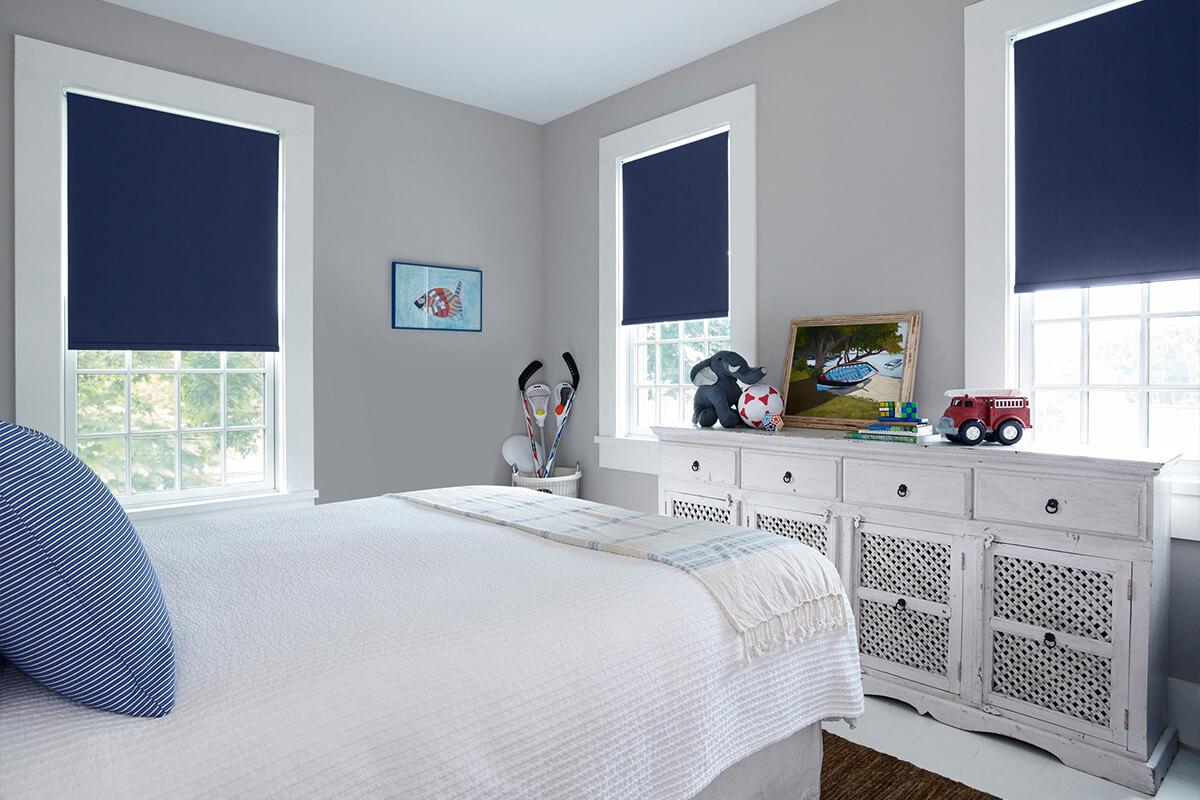
Blackout roman shades: Roman shades and drapery with blackout liners sewn onto the back offer light blocking capability with a more formal, designer-friendly look. Perfect for a living room or owner’s suite. Blackout roman shades require minimal light gaps making them a great blackout option while drapery can be paired with blackout roller shades to block light more effectively.
When to Choose Blackout Shades ?
This really depends on what your needs are. We’ve had customers ask for blackout shades when all they really need is privacy, and it’s important to know blackout shades do not offer more privacy than standard light filtering shades. Most light filtering shades offer total privacy regardless of how much light passes through them.
If you need to block incoming light during the day—whether you’re hoping to make naptime a little easier or darken a room for TV watching, blackout shades could be a great option.
Additional Tips for Selecting Blackout Shades
- Blackout shades don't let daylight in when they’re lowered.
- Consider blackout shades with a top-down bottom-up lift. You’ll get privacy during the day without blocking out the sun completely
- Expect to spend a little bit more on blackout shades, because they require extra material.
- Blackout fabrics are heavier and will put more strain on lift mechanisms—and if you’re motorizing them, be aware that you may need to replace the batteries more often that you would with a set of standard shades.
- Is the light from a skylight interrupting your sleep? Consider blackout cellular skylight shades.
When it comes to blackout shades, Blinds To Go is your dream destination. Check out our collection of blinds, shades, drapery, and shutters. We can help you find the perfect blackout shades for your needs, with a wide selection of colors, styles, and fabrics to choose from. Browse Blinds To Go catalog or visit one of our many showrooms today to explore our blackout shade options and speak with our friendly and knowledgeable design experts.
Sign Up & Save $50 OFF
By filling out the above information, I agree to receive promotional emails and other communications from Blinds To Go. I understand I may unsubscribe at any time. Contact us for details or view our Privacy Policy
